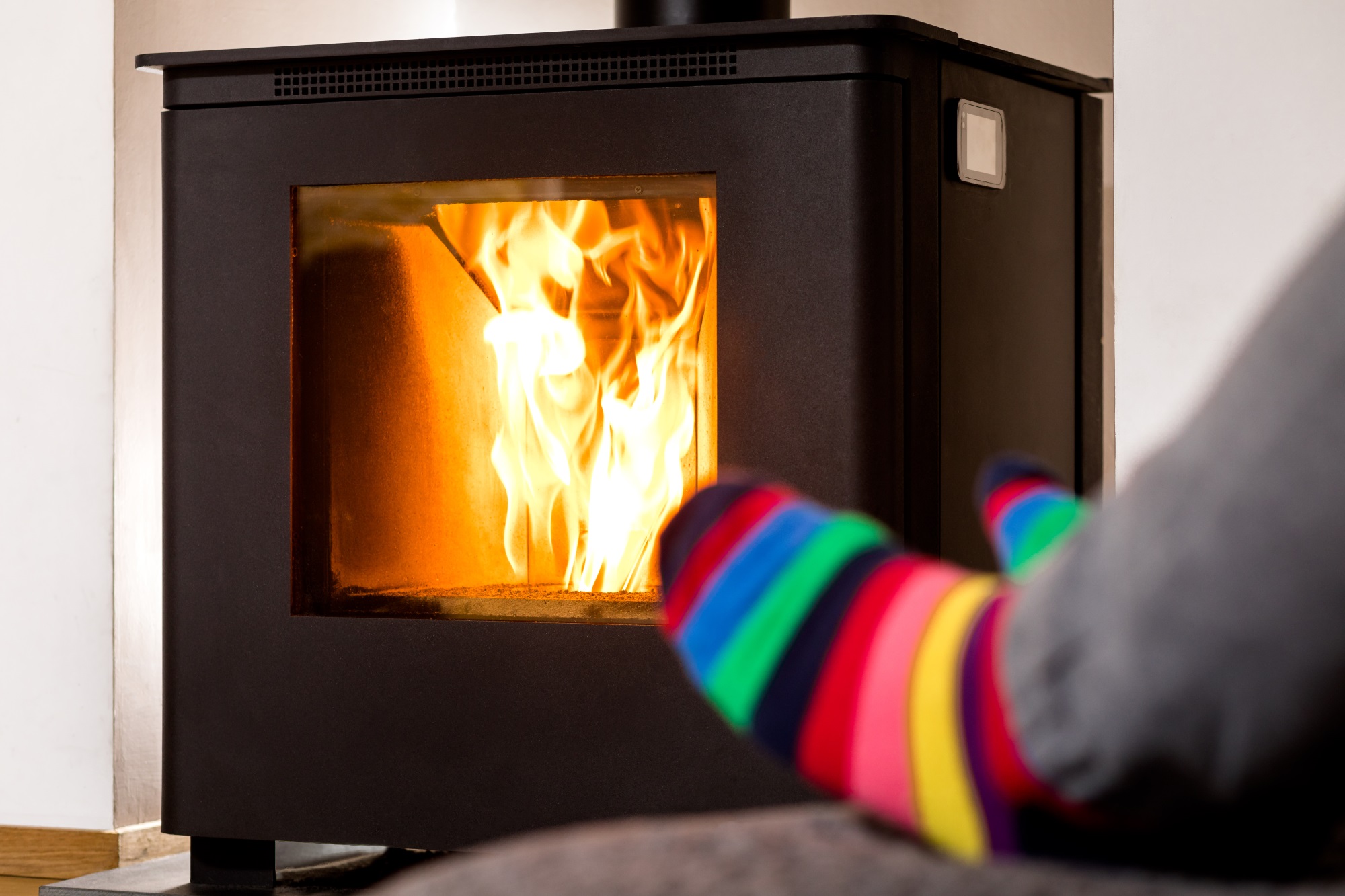How Hot Do Wood Burning Stoves Get?
Wood burning stoves can reach extremely high temperatures, with the firebox inside the stove reaching over 1,000°F (538°C). However, the external surface temperatures are much lower due to design features that prevent the outside from getting dangerously hot.
How hot a stove gets depends on whether the air vents are open or closed and what type of wood is used.
The key temperatures to understand for wood burning stoves are:
Firebox Temperature
The firebox is the internal chamber where the wood fuel burns. This is by far the hottest part of the stove. Temperatures inside the firebox can reach over 1,000°F (538°C) depending on the burn rate, type of fuel, and stove design. At maximum burn rates, such as when starting a fire, temperatures can exceed 1,400°F (760°C).
These extremely high temperatures are contained inside the firebox by the surrounding stove materials. Firebrick lining the firebox helps insulate the outside from these intense internal temperatures.
Flue Gas Temperature
The hot exhaust gases that are produced as the fire burns when using your wood burning stove are called flue gases. These gases exit the firebox through a passageway called the flue, which leads ultimately outside through the chimney.
Flue gas temperatures are lower than the fire itself, but still extremely hot. Typical flue gas temperatures for a wood stove under normal operation range from 300°F to 600°F (150°C to 315°C).
Surface Temperatures
The outer surface temperatures of a wood stove are much lower than the firebox and flue gases. Various design features prevent the external stove surfaces from getting dangerously hot:
- Insulating firebrick or ceramic blankets surrounding the firebox absorb and resist heat flow.
- Sheet metal or cast iron outer layers allow further cooling of any heat escaping from the firebox.
- Optional heat shields and surface treatments further minimise heat transfer.
- Increased surface area for dissipation of heat.
The entire stove is designed to keep surface temperatures low enough to avoid the risk of burns. Typical surface temperatures during operation are in the range of 200°F to 300°F (95°C to 150°C). The surfaces are hot to the touch but not dangerously so.
Stove manufacturers must adhere to various safety standards that regulate the maximum allowable surface temperatures. For example, in the UK the maximum permitted surface temperature is 208°F (98°C) according to building regulations. Other key standards include EN 13240 in Europe. Appliances are extensively tested to make sure surface temperatures do not exceed limits at any point on the stove.
Factors Affecting Temperature
Several factors can influence how hot a wood stove gets during operation:
- Burn rate – A higher burn rate and more substantial fire will produce more heat.
- Fuel type – Some types of wood fuel burn hotter than others, such as seasoned hardwoods vs green or wet woods.
- Installation – Proper clearances and chimney setup are important for heat dissipation.
- Age and maintenance – An older, less efficient stove may run hotter than a newer model. Lack of maintenance can also cause overheating.
- Operator technique – How the owner runs the stove affects temperatures, such as not overloading the firebox.
With proper operation and maintenance, a wood stove should stay within intended temperature ranges for safe and efficient heating. Regular cleaning and inspection by a qualified chimney sweep can help ensure your stove doesn’t overheat.
Adhering to fuel guidelines and avoiding misuse or overload is also important. The internal fire may be extremely hot, but the stove’s exterior surfaces should always remain touchable if the unit is in good working order.

